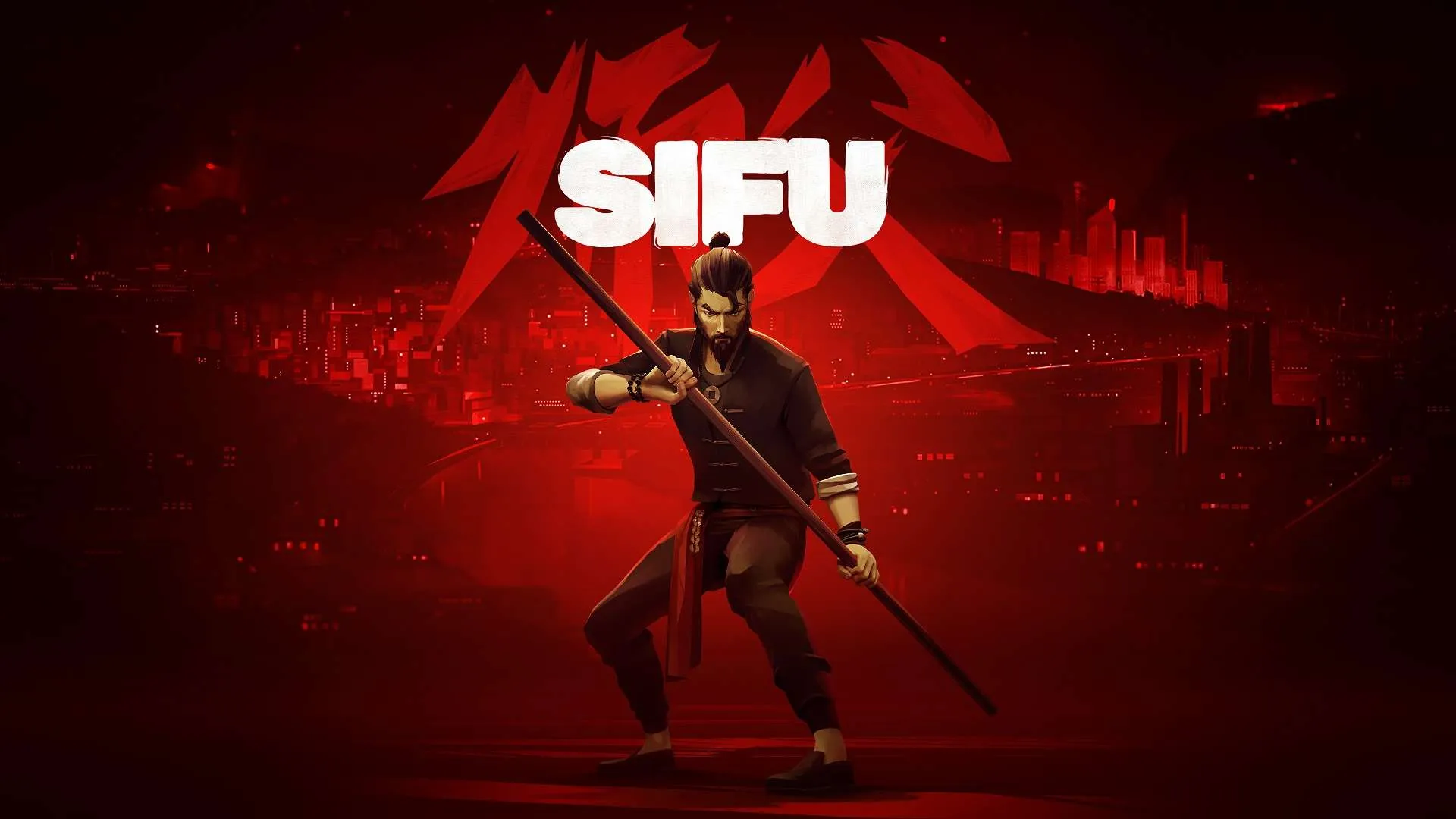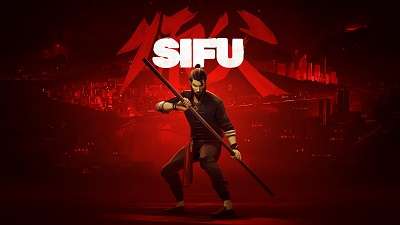
Sifu’s striking visuals and tough, well designed combat encounters make for an exhilarating but often frustrating experience.
It’s interesting having had two unforgiving games released in the same month: Devolver and Sloclap’s Sifu and FromSoftware’s latest title. However, much like Elden Ring, Sifu offers an incredible challenge, one that comes with the same sense of accomplishment as beating a Dark Souls boss after ten or fifteen tries. Somehow, Sifu walks a fine line of being fast-paced but also methodical and deliberate. It’s a hard balance, but the design team has managed to pull it off.
A tale of revenge
Sifu begins with the death of your father, murdered by another martial artist. After eight years and a lot of training, our main character sets out on a brutal kung-fu journey that pits him against the group that altered the course of his life when he was young. That same opening prologue actually puts players in the shoes of the father, slowly working his way toward his death, and serves as a poignant and smart introduction to mechanics and move sets.
I started playing a day or two after launch, so I had already heard about game difficulty and made it through most of the first area without dying. After my first death, I remember thinking “oh, this isn’t so tough,” and then proceeding to die four or five times against that level’s boss. Sifu handles death and repetition in an interesting way. Players start out at 20 years old. Each death adds to a death counter, and each time you die, that death counter gets added to your age. It is possible to reduce the death counter by clearing some encounters, but once you hit age 70, it’s game over. Hitting that game over screen allows you to restart at whatever level you want to, but the catch is that you start that stage at the youngest age you got to it at.
The game design for death and replayability is smart, interesting, and probably one of the more unique things to come out of game development in recent memory. Because Sifu is designed this way, it encourages players to go back into previous levels to reduce the minimum age that you start subsequent levels at. There is a skill tree here, but getting a game over doesn’t mean that you won’t be able to keep any of the skills you’ve learned. Putting enough points into one skill lets players permanently unlock that ability for future runs. It’s an interesting twist on the rogue-like formula, even if Sifu’s level design isn’t procedurally generated. Each run-through has the same enemy and map layout, but there are so many different ways to approach combat encounters. Players likely won’t run through levels the same way very often.
Everybody was kung-fu fighting
There are also shortcuts that you can unlock and find your way through to end-level boss battles quicker. I generally opted not to take them, especially early on when earning experience points to sink into abilities and to track down idols for weapon damage and health buffs. It’s okay though, I didn’t mind running through levels over and over again, as Sifu has some incredibly well-designed and fleshed-out combat. It seems simple, two-button control most of the attacks, but different directional inputs, and a wide enemy variety help keep each combat encounter exhilarating.
It actually reminded me a lot of some of the tougher challenges from Batman: Arkham Knight. Each button press needed to be deliberate, and I had to pay very close attention to the enemies around them. If I go in for a low sweep on this enemy, will it give that enemy enough time to close the gap with that bottle he’s holding? If this enemy blocks this attack, can I dodge a counter-attack quickly enough? Fights are fast-paced in Sifu; blocking and dodging happen in an instant. Using either of them improperly can quickly deplete your health bar if you aren’t careful.
While Sifu doesn’t have a vast open world like a good portion of other titles do these days. It’s refreshing to see a well-designed single-player experience take the limelight for once. Being able to tightly design encounters in a small corridor or stairwell instead of going from quest-marker to quest-marker in a large open area was really nice.
Don’t get me wrong here, I love a lot of open-world games, but I’m much more likely to sink some extra replay time into a shorter experience. Sifu’s striking visuals and responsive controls kept me coming back, and the grind to earn a lower age to have a better chance of conquering the next level is an experience most PlayStation fans should enjoy.
Conclusion
Sifu is a tough game, which might turn some people off. Hell, even I got really frustrated more than a handful of times, but the satisfaction of taking down these bosses is incredible. According to the developers, more difficulty modes are coming soon. So those who are struggling to really dig into Sifu’s kung-fu detective story will eventually be able to carve out some time to take down those stages.
Game Freaks 365 received a review copy.
